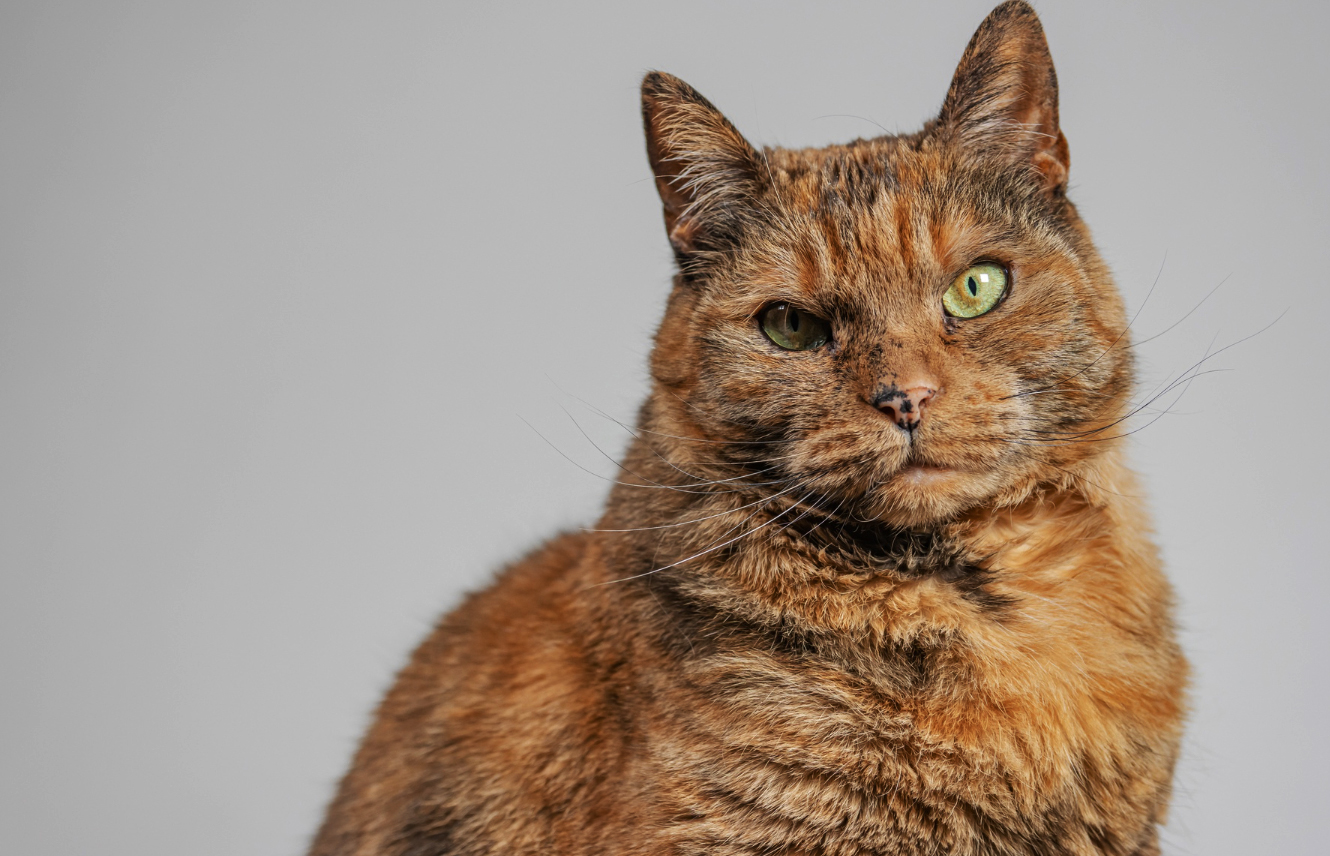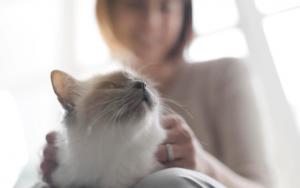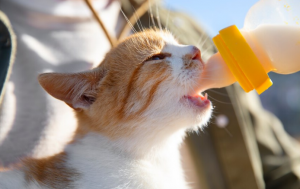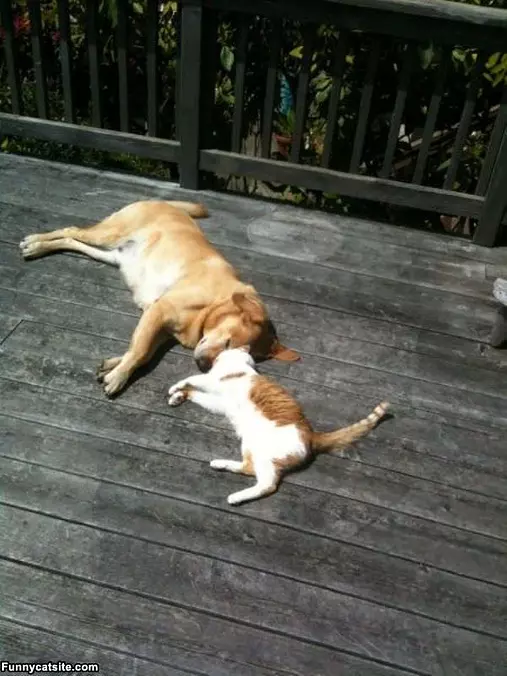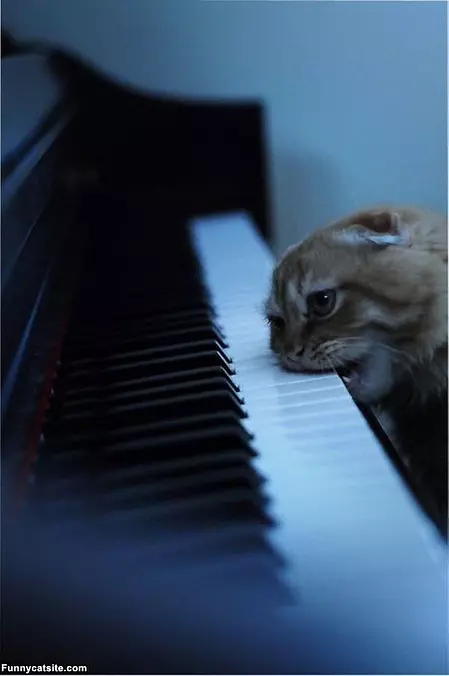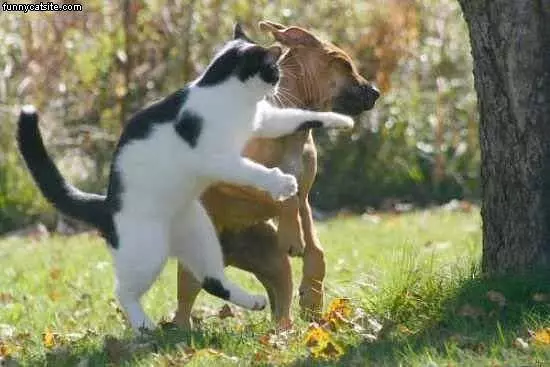Cats are interesting characters. They bring us joy with their funny antics and strange behaviors. You may wish, however, that you had a better understanding of your pet and knew what they were feeling or thinking so that you could better meet their needs and support them. While we cannot sit down and have a chat with our cat over a cup of tea to discuss their mood, there are some ways that we as humans can understand how cats show emotions in certain situations.
What We'll Cover
Keep in mind that every cat is unique. While some cats may react in similar ways, just because your cat does not engage in these behaviors does not indicate something is wrong. You know your cat better than anyone. Your observations of their routine and interactions with you will set the basis for getting to know them better and what they may be feeling at any given time. Cats show affection in a myriad of ways. Below are a few of the manners how your cat may be trying to show its love and admiration for you.
Learning How Cats Will Show Their Emotions
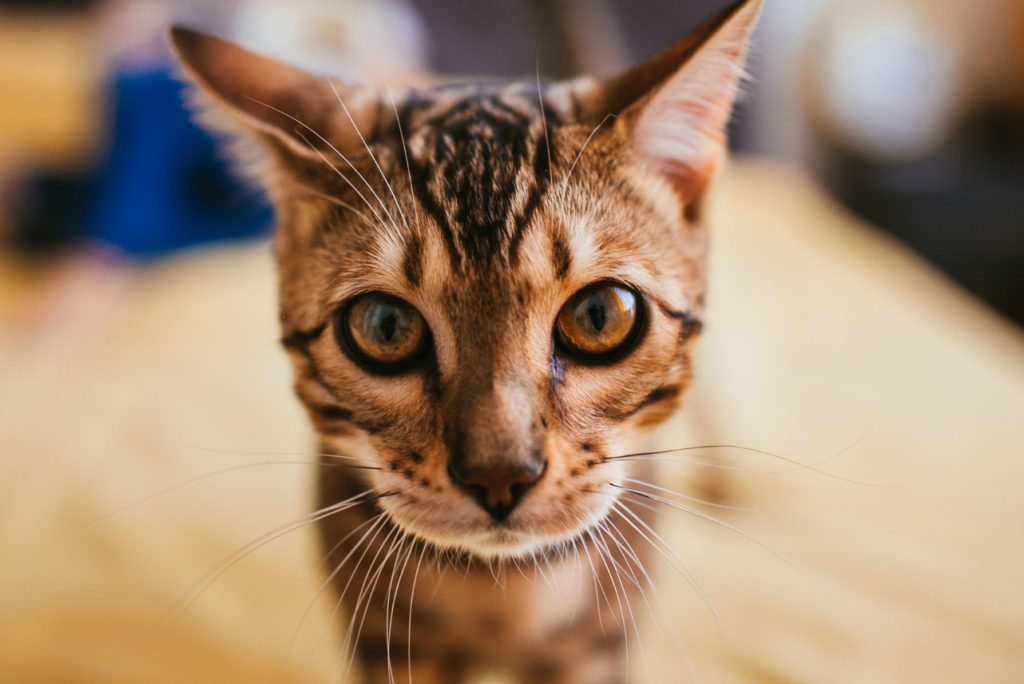
Oftentimes, when someone thinks of a pet showing emotion, they will likely think of the example of a dog. There would be fido wagging its tail uncontrollably, jumping up and down, or running to their companions for a belly rub. Anyone who is a cat owner and enjoys the company of felines in their family knows that this is not how a cat will behave. That does not mean your cat doesn't feel, but rather, it means you must learn their cues and signals.
Cats are much gentler and more graceful creatures. Their movements are often strategic and subtle. However, they also have mannerisms that can indicate to you what emotions they might be going through. Cats show emotions through sounds, touch, and body language, not much different to humans but in their own way.
How Cats Show Affection

A frightened or defensive cat is not hard to pinpoint, but when a cat is happy and feeling affectionate, it can be harder to distinguish that from other emotions. Affection from a cat to a human can come in many shapes and forms. While some felines are more affectionate than others, all cats want to be loved by their family. Cats will express their affection in some way, even if it is just a quick moment.
Common examples where a cat is showing affection include:
- Soft purring and gentle sounds
- Snuggling up on top of you or next to you to feel you are there
- Rubbing against you or pressing their head onto you
- Wrapping themselves and their tail around you
- Gentle pawing and playful biting during play
Does Your Cat Really Love You?
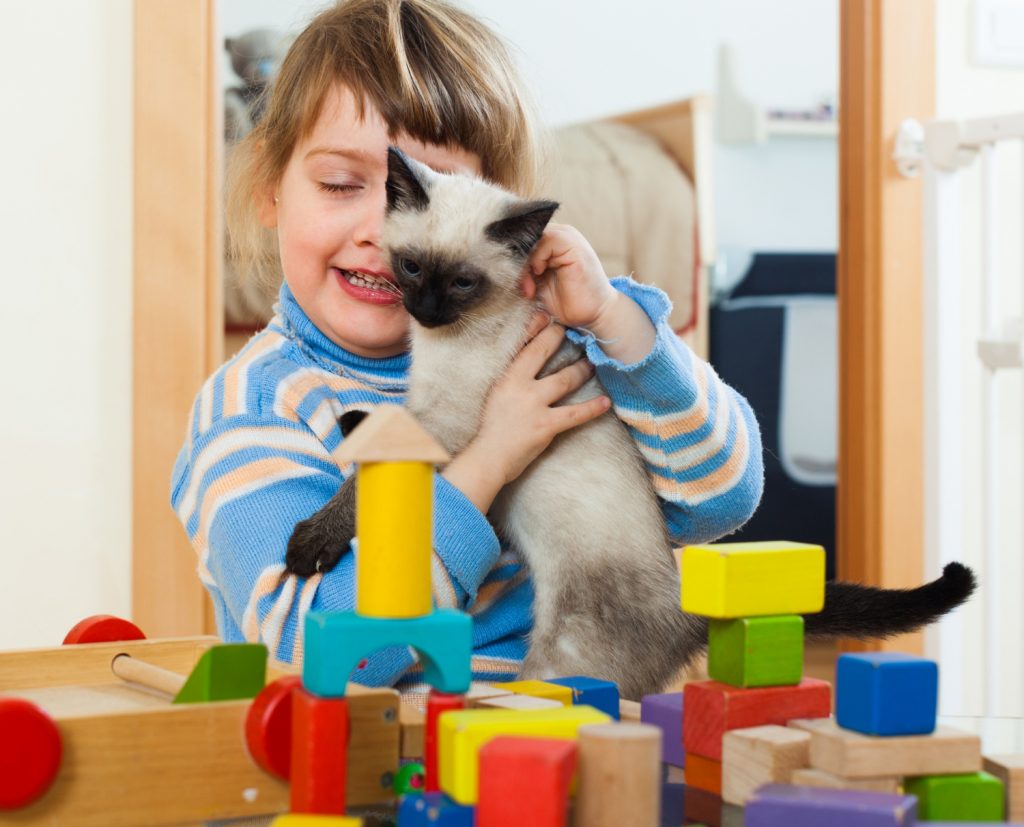
As a proud owner of a cat, you may wonder whether your cat truly loves you or just tolerates you. Sometimes a cat's independence and strong-willed character can make it seem as though they are only out for themselves. However, more often than not, a cat has strong feelings for the ones that care for them and their needs. Do not think your effort and love for your feline family member goes unnoticed.
A cat can feel love. Even if your cat is not overly affectionate, there are actions they will take that can show you they feel love for you and appreciate your presence in their lives. It's the little things do not just apply to human interactions but also an approach some cats take to show their love.
Ways of how a cat can show love:
- Physical affection with you
- Looking into your eyes
- Brings you gifts even if they can catch you by surprise
- Following you around
- Instigating play
- Attempting to groom you
How Do Cats Show They Trust You?
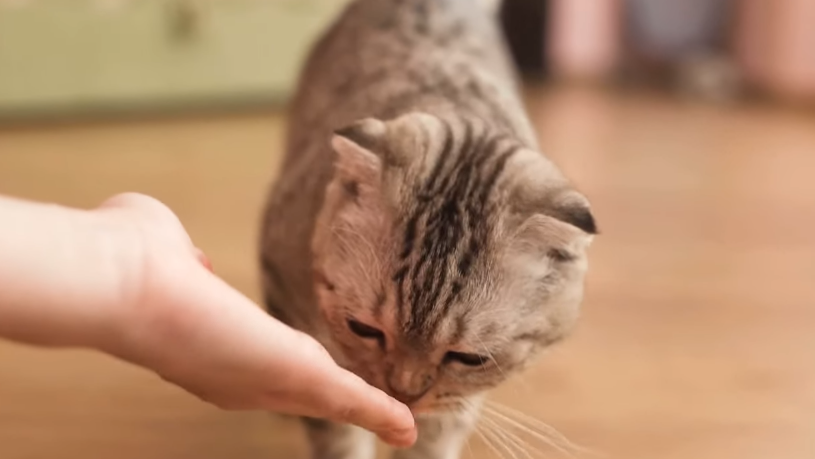
Gaining the trust of another being, whether it is a human or animal, is an important step in strengthening and building a relationship with them. Depending on when you welcome your feline friend into your family, their trust in you may differ.
Kittens that are brought up within a home likely have little inhibitions and will quickly trust in their owners and caretakers. However, older cats that have lived in other scenarios may have traumatic pasts or prior challenges that may require them some time to trust their new owners and environment. If you want to know whether your cat trusts you, take the time to find out what they are comfortable with when you are near.
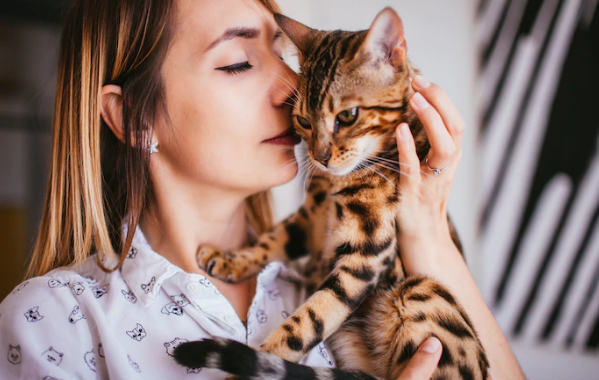
Here are some indications:
- Posture their tail up: A sure sign that your cat is content and comfortable is when they posture their tail up as they strut near you. This is akin to a dog's tail wag and an indication that they are happy you are around them.
- Sleep with you: Falling asleep on top of you or near you is a signal that your cat trusts you completely. Sleeping is one of the most vulnerable times. When a cat allows themselves to sleep in your vicinity, it is because they know they are safe from harm.
- Will accept hand feeding: Cats and most other animals are particularly skittish when it comes to feeding time. Many animals want to eat in peace without interference from others. However, if a cat comes to eat from your hand, it is an indication that they trust you and do not feel they are in a threatening situation.
- Predicts your routine: When a cat predicts where you will be and is awaiting your arrival back home, it is not just a routine for them. This is a sign that the cat trusts you and knows they can count on you to be there and fulfill your responsibilities to them day in and day out.
How Do Cats Show Sadness?
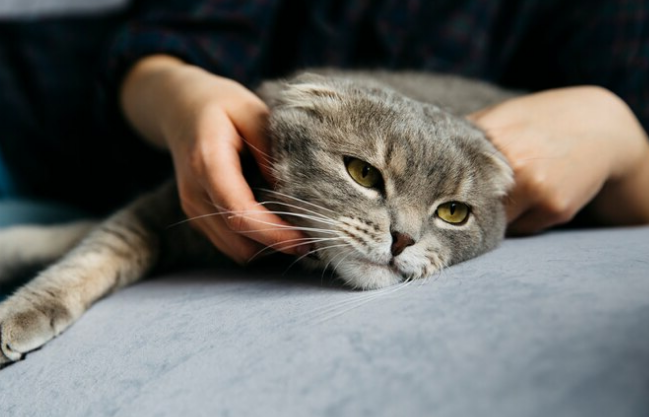
While we all want to see our feline companions happy at all times, cats also feel sadness from time to time. Maybe there is a sudden change in the environment they are living in or a departure from their everyday routine that is affecting your cat's mood. It might be that you do not understand the source of your cat's unhappiness, and you just want to know how to support them.
If you are unsure of what your cat is feeling but they appear to be acting differently than usual, there are some ways you can tell if your kitty is feeling blue:
- Loses interest in everyday routine
- Excessive sleep
- Does not have the same appetite
- Retreats to a personal space
- Has potty accidents
What Happens When a Cat Tries to Exert Dominance?
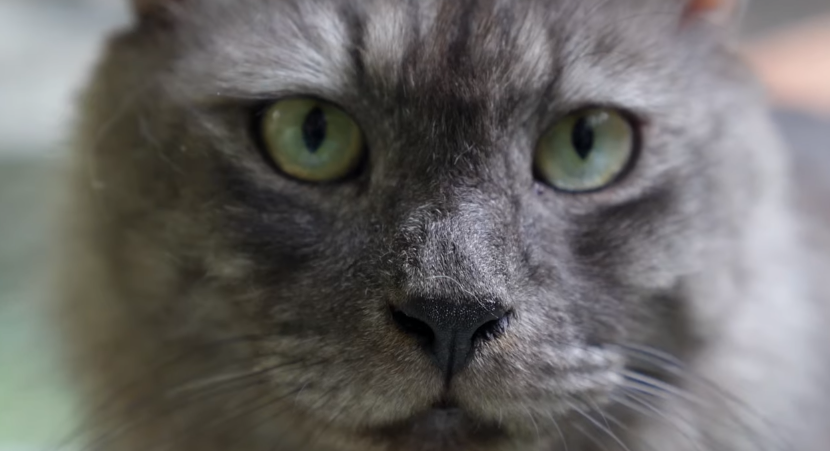
It is not uncommon for cats to try to dominate. Their attempts to exert dominance on those around them can turn into an unexpected power struggle. Cats may try to exert dominance on the owners, but the most common scenario is a cat fighting for power amongst other cats or animals in the household. There are certain behaviors that show how a cat exerts dominance.
It is important to address these unsettling behaviors sooner rather than later as they can lead to fighting and someone could get hurt. Aggressive actions by cats can lead them to harm humans or their other animal companions.
Be on the lookout for:
- Hissing or growling
- A cat trying to strike
- Staring, not the loving kind—you can tell the difference
- Tense body language
- They may mark their territory by urinating
Is Your Lovely Feline Partner Mad At You?
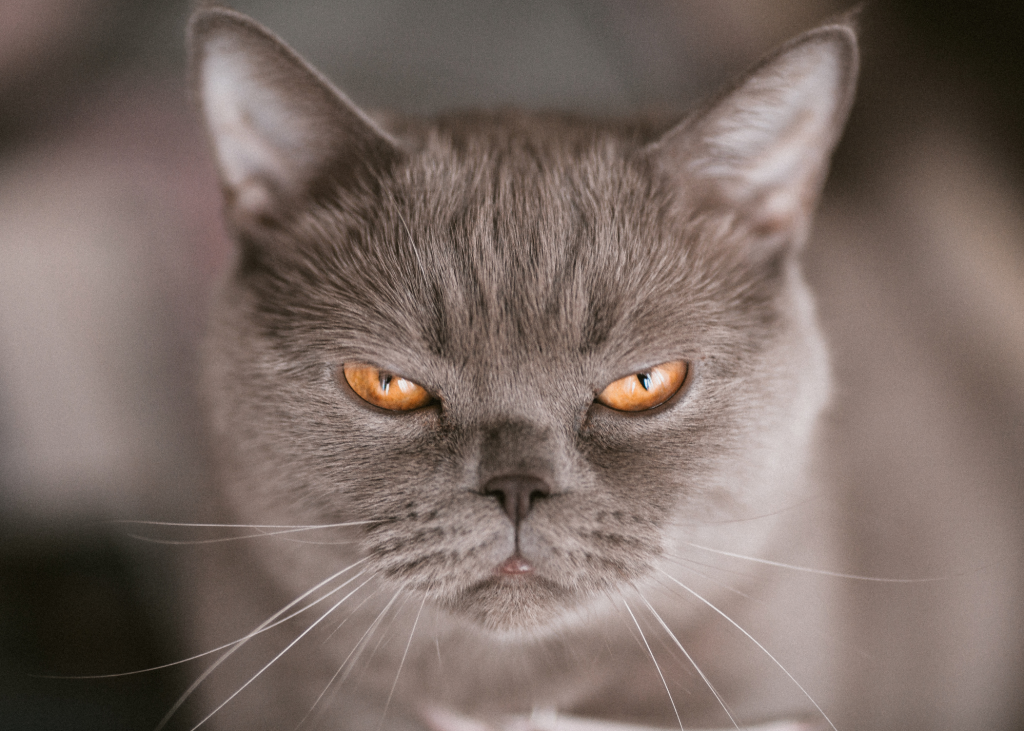
Same as humans, our furry friends are not going to be always in a good mood. Anger is something your cat can be expressing, and it is good to learn recognize their body language signs and behavior so that you can know when to back off and give your partner the space they need to prevent escalating the situation. On the other hand, you have to be careful if you notice that your cat is behaving aggressive, less affectionate and/or vicious towards humans lately on a regular basis, you must seek your vets help immediately. That is because you may want to discard possibly signs of rabies
Some signs that your cat is mad at you are:
- Tense ears, laying flat either back against his head or towards the side
- A rigid body or an arched back attempting to look as big and threatening as possible with fur standing on end
- When he is keeping distance for longer than usual and actively avoids you when he is normally playful.
- Eye signals like hard and focus eyes. Both, dilated or narrowed pupils may indicate anger in conjunction with other clues/signs too.
- Vocalizations - hissing, growling, spitting, or emitting a guttural moan
Feeling Closer to Your Feline Friend
Every pet owner at one time or another thinks the same thought: They wish they could somehow communicate with their animal. A cat may not be able to talk and communicate in the ways humans are most accustomed to, but they communicate with you through their actions every day. Take a moment to sit back and watch how your cat shows emotions, and you may surprise yourself with how much you will learn about them.
The more you observe your cats, the more likely you are to understand their needs and emotions. By learning about cat behaviors and how they show affection to those around them, you can bond closer to your pet and gain a perspective on why your cat may do certain things.
The responses below are not provided, commissioned, reviewed, approved, or otherwise endorsed by any financial entity or advertiser. It is not the advertiser’s responsibility to ensure all posts and/or questions are answered.
